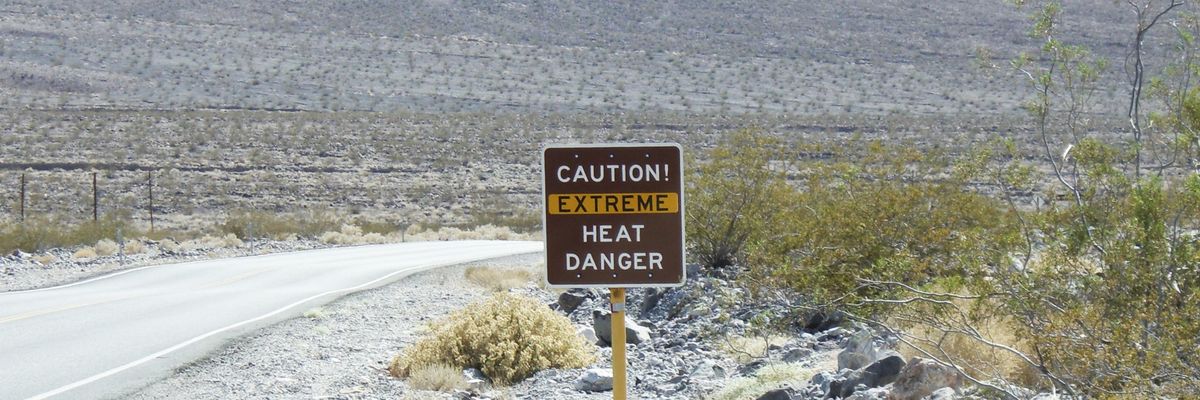With scientists pointing to a number of weather patterns this year that have already signified that the El Niño Southern Oscillation may amplify planetary heating in the coming months, one heat and public health expert said Monday that officials must take advantage of the time they have now to prepare their communities for potential extreme heat events in the United States and around the world.
"We will likely see a significant impact from El Niño in the 2023 heat season," said Ashley Ward, a senior policy associate at Duke University's Nicholas Institute for Energy, Environment & Sustainability. "While El Niño is still forming this year, we need to prepare for the 2024 heat season to likely be worse."
Ward said the last time scientists observed the kind of significant heat caused by El Niño that they're expecting to see this year was in 2016, which is tied with 2020 for the hottest year on record.
As climate researcher Leon Simons said last week regarding current ocean warming trends, scientists are currently observing heat patterns that look "very much like the 1997 and 2015 early stages of a Super El Niño," which is marked by very high temperatures in the Pacific Ocean near the equator.
"Based on the year-to-date and the current El Niño forecast," wrote Zeke Hausfather at Carbon Brief late last month, "2023 is very likely to end up between the warmest year on record and the sixth warmest, with a best estimate of fourth warmest."
Ward called on officials at the state and local level to take the next several weeks to "develop response plans for periods of extreme heat that address how to reach both urban and rural populations."
"This is the time to direct our energies and efforts toward preparedness and readiness, particularly to protect our most vulnerable citizens from the impact of extreme heat," said Ward.
Extreme heat has devastated parts of the world, including the U.S., in recent years.
Temperature records were broken in Vietnam and Laos last week, with the northern district of Tuong Duong recording a high of 111.6°F. Record-shattering heat in the Pacific Northwest was linked to hundreds of deaths in 2021, and more than 1,000 people died in Western Europe last summer of heat-related causes.
Ward said public health and safety authorities should begin organizing educational campaigns to "help individuals understand how they can mitigate heat" and to examine how they can help people procure fans and other cooling devices.
"Additional measures could include... providing shelter for the unhoused during periods of extreme heat," said Ward, "and reinforcing heat safety guidelines for occupational exposure and student-athletes."
